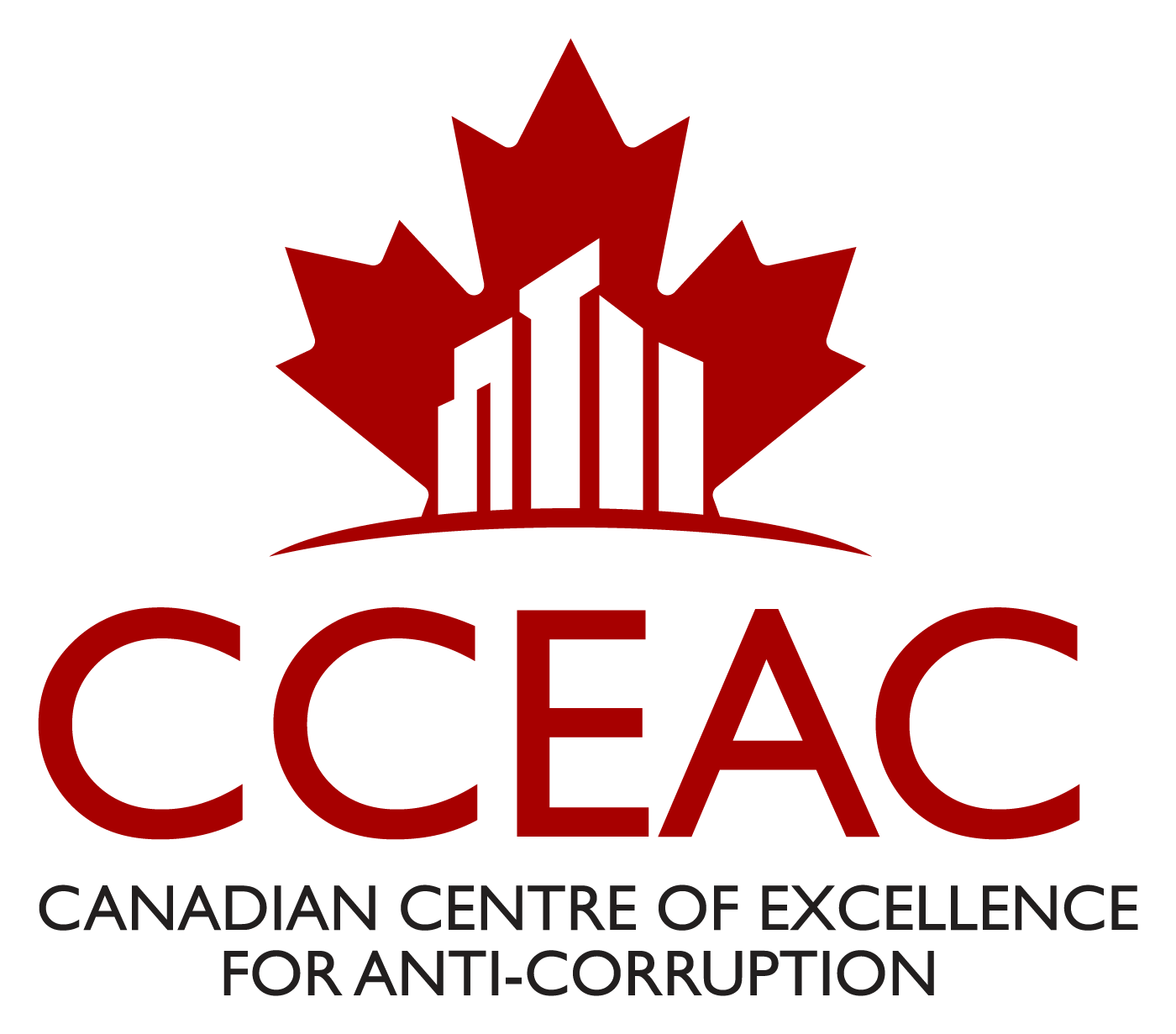
Paper authored by Daniel Kaufmann and Pedro C. Vicente.
We challenge the conventional definition of corruption as the ‘abuse of public office for private gain’, making a distinction between legal and illegal forms of corruption, and paying more attention to corporate patterns of corruption (which also affect public corruption). We undertake to identify general determinants of the pattern of legal and illegal corruption worldwide, and present a model where both corruption (modelled explicitly in the context of allocations) and the political equilibrium are endogenous. Three types of equilibrium outcomes are identified as a function of basic parameters, namely initial conditions (assets/productivity), equality, and fundamental political accountability. These equilibria are: i) an illegal corruption equilibrium, where the political elite does not face binding incentives; ii) a legal corruption equilibrium, where the political elite is obliged to incur on a cost to “deceive” the population, and, iii) a no-corruption equilibrium, where the population cannot be deceived. An integral empirical test of the model is performed, using a broad range of variables and sources. Its core variables, namely regarding legal corruption (and other manifestations of corporate corruption) come from an original survey developed with the World Economic Forum (in the Executive Opinion Survey 2004 of the Global Competitiveness Report). The empirical results generally validate the model and explanations. Some salient implications emerge.
